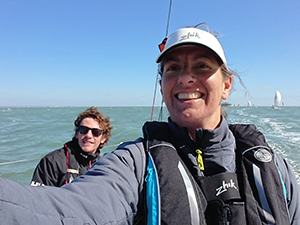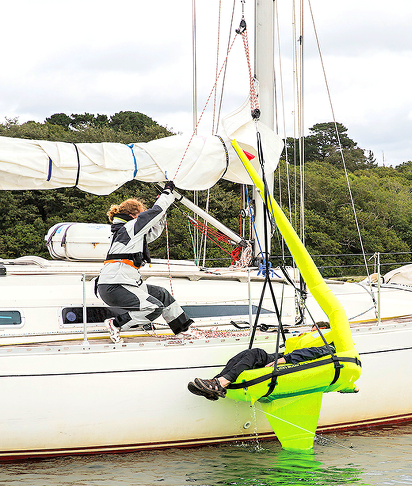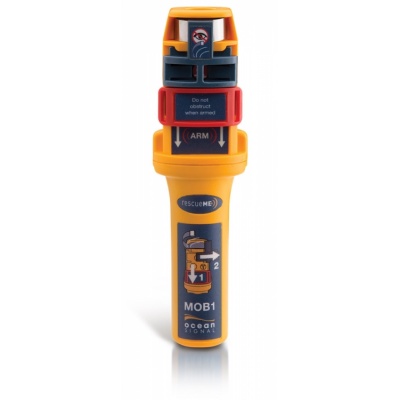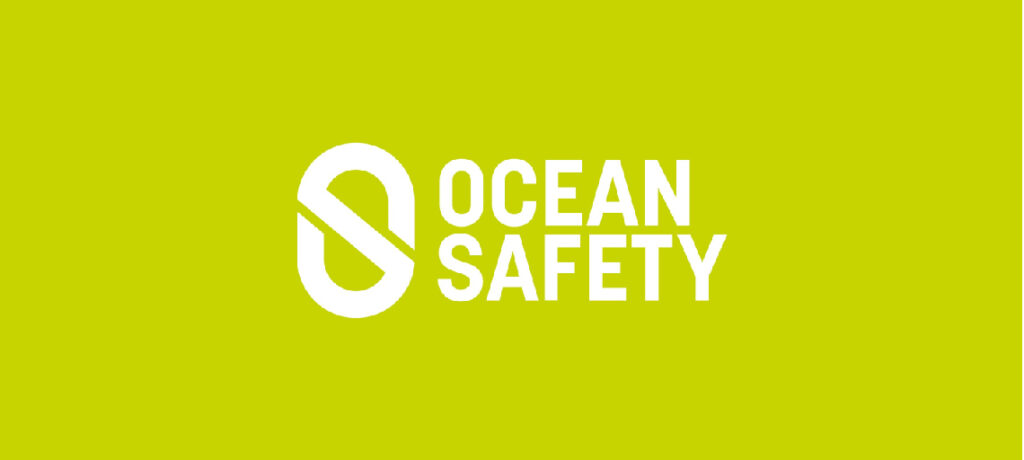Ocean Safety is providing advice to customers and sailors for shorthanded sailing in this monumental year which has seen a complete restructuring of the way that boat owners and crews can get out on the water together.
Smaller crews have a lot more to think about, particularly when racing. One crewmember might need to combine roles, covering a larger area of the deck than usual, particularly during a manoeuvre at a mark rounding, or during a gybe, and this can put them at greater risk of going overboard or being injured.
Ocean Safety’s Alistair Hackett is telling sailors “Regulations are expected to continue to prevent large crews from multiple households cruising and racing together for the foreseeable future, so it’s important to review safety equipment before heading out onto the race course. We strongly advise short-handed crews to re- check their inventories.”

Ocean Safety gets important feedback from top sailors, and none knows more about sailing alone or in small groups than Dee Caffari MBE. Dee is the first woman to have sailed single-handed and non-stop around the world in both directions and the only woman to have sailed non-stop around the world a total of three times.
Dee advises “As a crew member you should check what safety equipment is on board the yacht you are stepping onto. Make sure key safety equipment is on board and that the onboard grab bag is properly equipped with items you will need if you have to evacuate to a liferaft.” She adds “At the same time you must take responsibility for your own personal safety as well. Bring your own items like a lifejacket, already sized to fit, with tether and AIS unit. I also advise bringing sunscreen, sunglasses and a hat, your own torch, refillable water bottle and personal medicines.”
AIS personal beacons can be tucked in an oilskin pocket or, as Dee describes, fitted into lifejackets that are designed to be ‘AIS ready’. Hand held AIS beacons, like the Ocean Signal MOB1 for example, transmit the casualty’s position to AIS receivers on their own and other nearby yachts. Similarly a personal PLB, which can be fitted the same way works with the international satellite system. It’s especially important for each crew member to have equipment like this about their person on short-handed cruises or races, and during night sailing.


On shorthanded boats it’s time to reconsider the man overboard drill as well. Being able to retrieve a person from the water as quickly as possible is absolutely paramount and while a yacht with a team of strong sailors on board can swiftly haul them back on board this becomes more challenging with fewer crew. Worse still, with only two people on board, it could be the stronger, heavier and more experienced one who has fallen overboard. Boats on short-handed outings should have equipment on board to make it as easy as possible to retrieve a person from the water. One of the most recognisable MOB recovery systems is the Ocean Safety Jonbuoy Recovery Module, housed in a neat slim canister mounted on a yacht’s transom. Once launched, however, the Jonbuoy deploys into a high visibility float which the casualty can rest on, and which can be winched via a halyard back on board. This is particularly helpful if the casualty is injured. Other floatation aids which can be thrown to a person in the water include a horseshoe lifebuoy or automatically inflating Jonbuoy version. These won’t necessarily have a means of getting the crew back on the boat so you should have a boarding ladder which can be stowed away when not in use.
The trend for sailing short-handed has produced plenty of exciting events and opportunities. Dee Caffari herself competed in the EUROSAF Mixed Offshore European Championship in Italy in September along with her fellow crew member James Harayda. The double handed offshore race is a first step towards the Paris 2024 Olympics which will be hosting the mixed offshore keelboat event for the first time.

